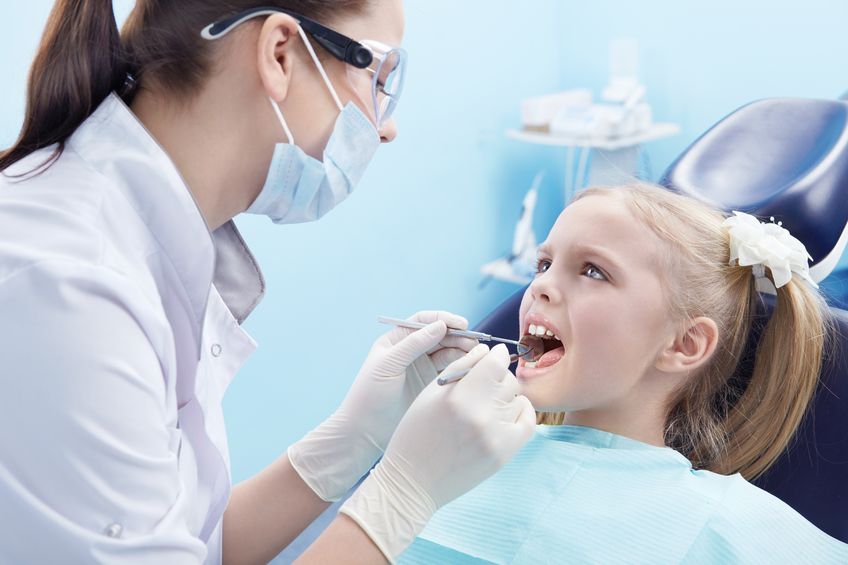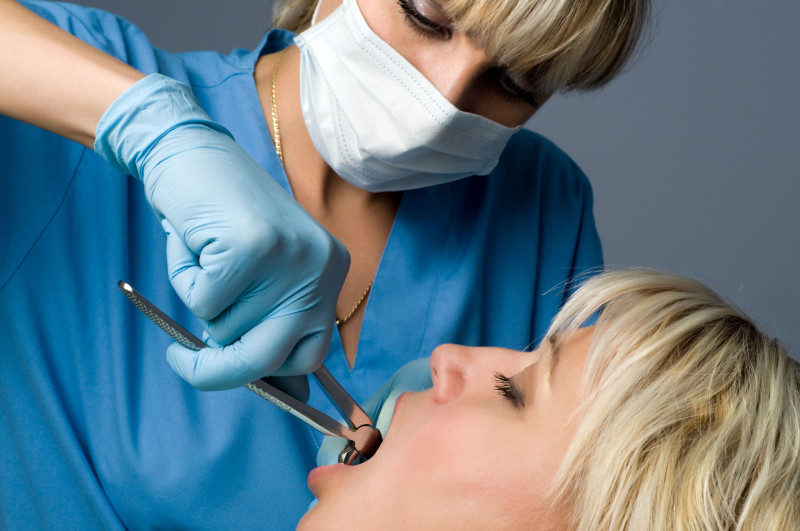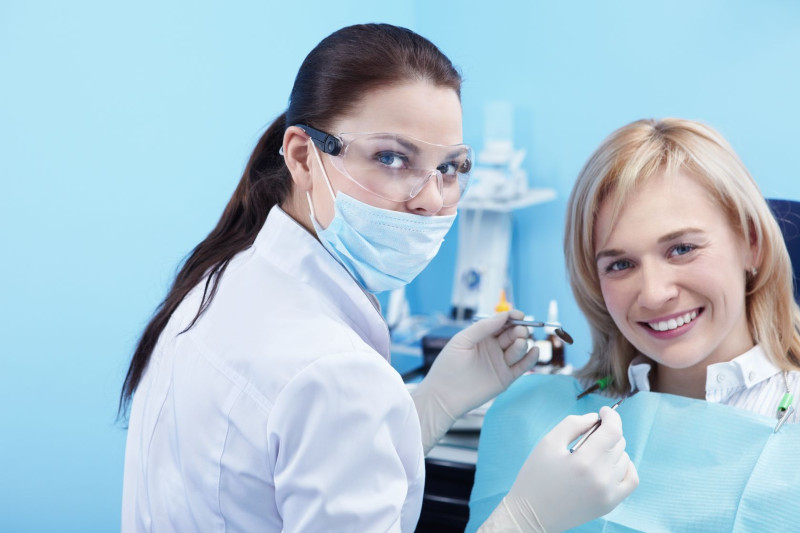There are various procedures performed by a dentist that can help protect teeth from decay. One of the most popular procedures of dentistry in Providence RI is the application of sealants. Read the frequently asked questions below to learn about the importance of dental sealants.
What are dental sealants and how do they help to protect the teeth from decay?
The molars that are in the back of the mouth naturally have grooves and crevices. It’s easy for particles of food to get caught in these grooves, and it can be difficult to remove these particles when brushing. When these bits of food stay inside the grooves for a long time, the combination of bacteria and plaque will cause the tooth to decay.
To protect the teeth from cavities, a dentist or other dental specialist applies a sealant to the surface and the grooves of these teeth. Sealants are most commonly applied to children’s teeth because they are more prone to getting cavities at this age. However, adults who naturally have deep grooves in their teeth are also good candidates for sealants.
How does a dentist apply sealants to the teeth?
Applying sealants to the teeth is a quick and painless procedure that can be done in one visit to the dental clinic. After the teeth are cleaned and dried, the dentist brushes a bonding substance on the teeth to ensure the sealant bonds to the grooves in the teeth. After rinsing and drying the teeth after the bonding material is applied, the dentist brushes the sealant on the teeth.
While applying the sealant, the dentist thoroughly places the substance into all of the crevices and grooves of the teeth. The sealant will then set on its own or the dentist may use a light that cures the sealant. Applying sealants is a common procedure of Dentistry in Providence RI, and the process helps to protect the teeth from decay.
Visit Domain and browse the website to learn more information about sealants and how they help to protect the teeth of children and adults. This clinic specializes in various types of dental procedures including general dentistry, cosmetic dentistry, restorations, and periodontics.


